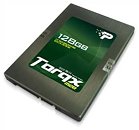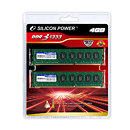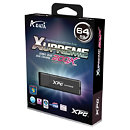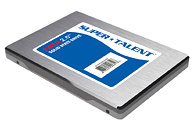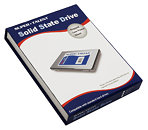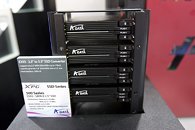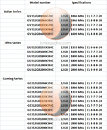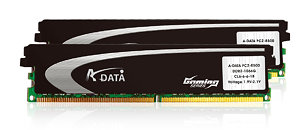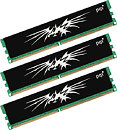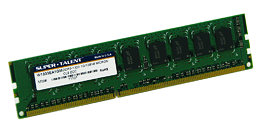
Patriot Doubles Cache for SSDs and Adds Industry Leading 10 Year Warranty
Patriot Memory, a global pioneer in high-performance memory, NAND flash and computer technology, today announced the release of their Torqx M28 Series with capacities in 128 GB and 256 GB, backed by a new industry leading 10 year warranty for all Torqx SSD products.
The Torqx M28 SSD has been specifically designed with cutting-edge technology by increasing the DRAM cache from 64 MB to 128 MB of cache in conjunction with its current NAND flash technology. The ultimate result is an SSD that allows faster transfer rates between the controller and the host device. Compared to today†s hard drives, the Torqx SSD provides for better stability, faster access times, and lower power consumption. Consumers will also find added value with Patriot's included SSD bracket which makes using SSDs universal across all platforms; desktop or mobile.
The Torqx M28 SSD has been specifically designed with cutting-edge technology by increasing the DRAM cache from 64 MB to 128 MB of cache in conjunction with its current NAND flash technology. The ultimate result is an SSD that allows faster transfer rates between the controller and the host device. Compared to today†s hard drives, the Torqx SSD provides for better stability, faster access times, and lower power consumption. Consumers will also find added value with Patriot's included SSD bracket which makes using SSDs universal across all platforms; desktop or mobile.
